The South Queensferry to Cramond Walk, also called the Shore Walk, is a 5.4-mile trail that takes you through the scenic Dalmeny Estate outside Edinburgh. Perfect for a day out!
CRAMOND | SCOTLAND
The Shore Walk (5.4 miles from Hawes Inn to Cramond Brig bus stop) from South Queensferry to Cramond is an all-season walk. In spring, there are flowers. New leaves are just beginning to sprout. Green grass taking over the browns of winter. Snowdrops nodding in copses. Primulas. Bright yellow gorse. In summer, the trees are green. There is birdsong everywhere. Come autumn and you can watch the leaves turn. Oranges, reds, and bright browns grace the path. In winter, after a smattering of snow, the trails are white and peaceful. The solitude is musical: just your footsteps on the gravel and the waves lapping at the shore. Every season brings its own gifts.
We walked the trail in early March. We rode Lothian bus 43 from Princes St. to South Queensferry, had breakfast at the Ravenous Beastie and a snack from Manna Cafe and Bakery, then headed towards the Dalmeny Estate past Hawes Inn, that famous inn from Stevenson’s Kidnapped. All the way, you can see the Forth Bridges. It was a beautiful day and the Forth of Firth sparkled blue in the sunshine. There are small beaches and coves along the way. Seashells and skeins of seaweed lay strewn on the white sand. There was hardly anyone on the trail; just a few folks walking their dogs and sometimes a solo cyclist. In summer, I wonder, if people come here to enjoy the sun and have a picnic!
There are three main stops along the way:
Also Read: Planning a move to Scotland? Read Moving to Scotland on the Skilled Worker Visa: A Complete Guide for information on applying for visas, buying flight tickets, opening bank accounts, finding accommodation, and more.


Barnbougle Castle
2.4 miles from Honeypot Creative Cafe, past Whitehouse Bay Beach (excellent views of the Forth Bridge) and Peatdraught Bay is the Barnbougle Castle. The original structure of the Barnbougle Castle was built in the 13th century to protect the earls of Mowbray from their enemies but the present castle is the result of rebuilding in 1881 by the 5th Earl of Rosebery, who served as Prime Minister from 1894 to 1895. The etymology of the name Barnbougle has been variously suggested to be:
– Barr-an-boglain, Goidelic, “point of the marsh”;
– Bar-na-buai-gall, Goidelic, “the point of the victory of strangers”;
– Pren Bugail, Brythonic, “herds-man’s tree”;
– Bar’n-Bugle, English, “Baron-bugle”, relating to the Hound Point tradition.
It is said that the howls of the hound of Sir Roger Mowbray who was killed in the crusades can still be heard at Hound Point, half a mile west of the castle, when the night is dark and windy. Local legends say that when the death of any of the lords is about to take place, a Saracen soldier with a dog appears on the point, and sounds on a bugle the death note. Read The Legend of Hound Point in William Wallace Fyfe’s book Summer Life on Land and Water (at South Queensferry). The castle was used to store munitions after the family moved to Dalmeny House. After an explosion left it in ruins, it was reconstructed by the 5th Earl, who would later become Prime Minister in 1894, and used as his private library.
Note that this is private property and visitors are not allowed but you can book it for an event!


Dalmeny House
The Dalmeny House is a stately house, home to the Earls of Rosebery, that you can visit on the Queensferry to Cramond walk. Until the 1800s, Barnbougle Castle was the private residence of the family but then they decided that they need more space and in 1817, Dalmeny House was constructed. It sits in rolling parkland overlooking the Firth of Forth and is open for guided tours during certain times of the year. Dalmeny House is the first Tudor-revival house to be built in Scotland. It features octagonal towers, mullion and transom windows, and carved chimney pots. Though most of the rooms are Regency in style, the building features a hammer-beam ceiling, stained-glass windows, and Gothic-style fan-vaulted corridors. It is also said to house one of the largest collections of Napoleonic memorabilia outside of France. See Inside Dalmeny House to learn more about the collections. The etymology of the name Dalmeny has been variously suggested to be:
In Place Names of Edinburgh and The Lothians, John Milne writes of the etymology of Dalmeny: “Field of Smallness, or small field. Dail, field; mine, smallness, small. The reference might to be to the site of an ancient church.”
In A History of Celtic Place-names of Scotland, W. Watson writes that “the name Dalmeny is either of Cumbric origin: deriving from Din Meini, “stony fort” cf. the earlier form Dunmanye (1562), most likely referring to Castle Craig above the town.”
It is also possible that the name is of Scottish Gaelic origin, being now Dail Mheinnidh or Dail M’Eithne in the modern language. This may refer to an ancient ecclesiastical settlement, dedicated to an obscure (female) saint Eithne.


Continue onwards along the Shore Walk, past the golf course and the shell beaches that hem this part of the estate. From here, you can spot Cramond Island and the high-rises of Edinburgh. You will reach the cottages with a sign that says to keep your dogs under leash because there are free-range chickens around. We didn’t spot one but this is a working farm so don’t jump if you spot a brood of chickens. You either take the road out of the estate, past flocks of cute sheep grazing on the pastures on both sides of the road, from here or continue towards Eagle Rock. If you choose the detour, be warned that the trail can get muddy after a shower. Continue through the woodland– it is a short 0.5-mile ascent– towards Eagle Rock. You can spot bunches of bright yellow gorse in this area.
Also Read: Wondering what to do next weekend? Why not visit the gorgeous St. Abbs Head in the Scottish Borders? See Top Things to Do in St. Abbs, Scottish Borders for inspiration.


Eagle Rock
Eagle Rock is named for a weather-worn carving of an eagle thought to date to the Roman occupation of Cramond between 140 AD and 200 AD. Some say that the carving was of Mercury, the Roman god, or a Celtic horned god. You can spot the carving above a Historic Scotland plaque that says “whether it is an eagle or whether it is Roman is uncertain” on the eastern face of the rock. The oldest surviving record dates from 1794, and from this description, it is clear the figure carved with the eagle was already indistinct:
‘… a rude sculpture bearing some resemblance to the figure of an eagle, standing upright, with its back to the rock … All traces of that figure are now worn away.’


From Eagle Rock, continue onto the beach from where you can clearly see the Cramond beach and Cramond Island. A ferry once ferried folks across the River Almond to Cramond but it has long since ceased to operate. It was at the mouth of the River Almond where ferryman Robert Graham discovered the Cramond Lioness in 1997. According to Canmore, “The lioness, carved from a single block of sandstone, is 1.5m long and depicts a crouching lioness with her paws on a naked man’s shoulders, and his head in her mouth. On the plinth, two snakes emerge from below the lioness’ belly. Pieces with a similar subject matter, of carnivores devouring prey, are common through the Roman empire, and are interpreted as symbolising the destructive power of death.”
Before you begin your walk towards the A90, explore the lovely woodlands here. It is a forager’s delight! In spring, the area is brimming with wild garlic, scarlet elf-cup mushrooms, hogweed, and various other foraging treasures. You can join Edinburgh Forage and Eat for a morning of foraging in this area!
Also read: Another lovely walk is in Angus, along the dramatic Seaton Cliffs. See our post here: Walking The Arbroath Cliff Trail: From Auchmithie to Arbroath.


From here, walk uphill towards Cramond Brig (1.5 miles from Eagle Point) above the River Almond. The Queensferry to Cramond walk ends here. On the way, you will walk through the farm (full of leafy greens when we visited) and the Cramond Brig cottages. Take bus 43 from the Cramond Brig bus stop to return to Edinburgh. The Miller & Carter steakhouse is located right next to the bus stop, if you fancy a meal before heading back to the city.
Queensferry to Cramond Shore Walk: Route and Elevation
Like it? Pin it!


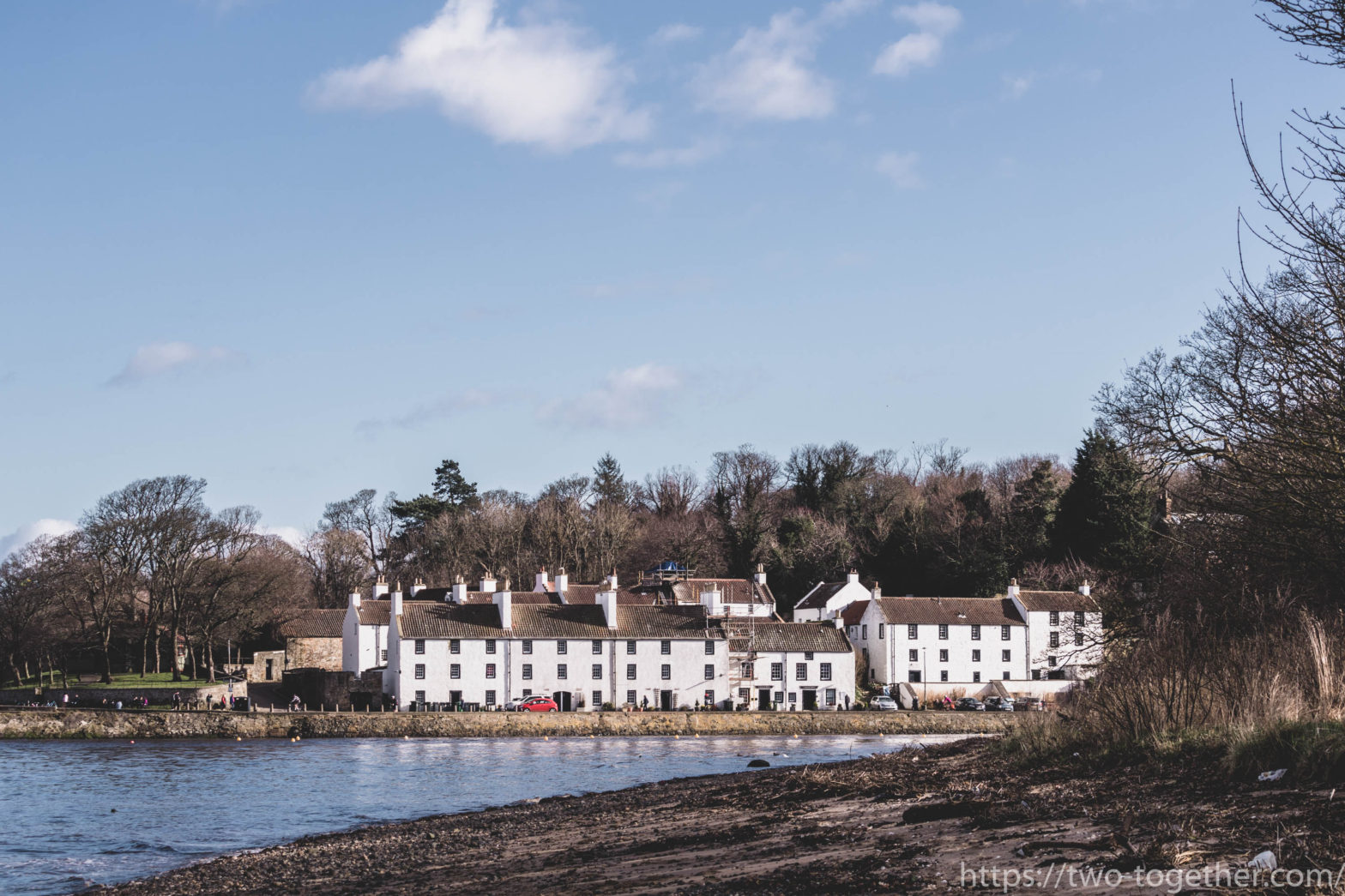


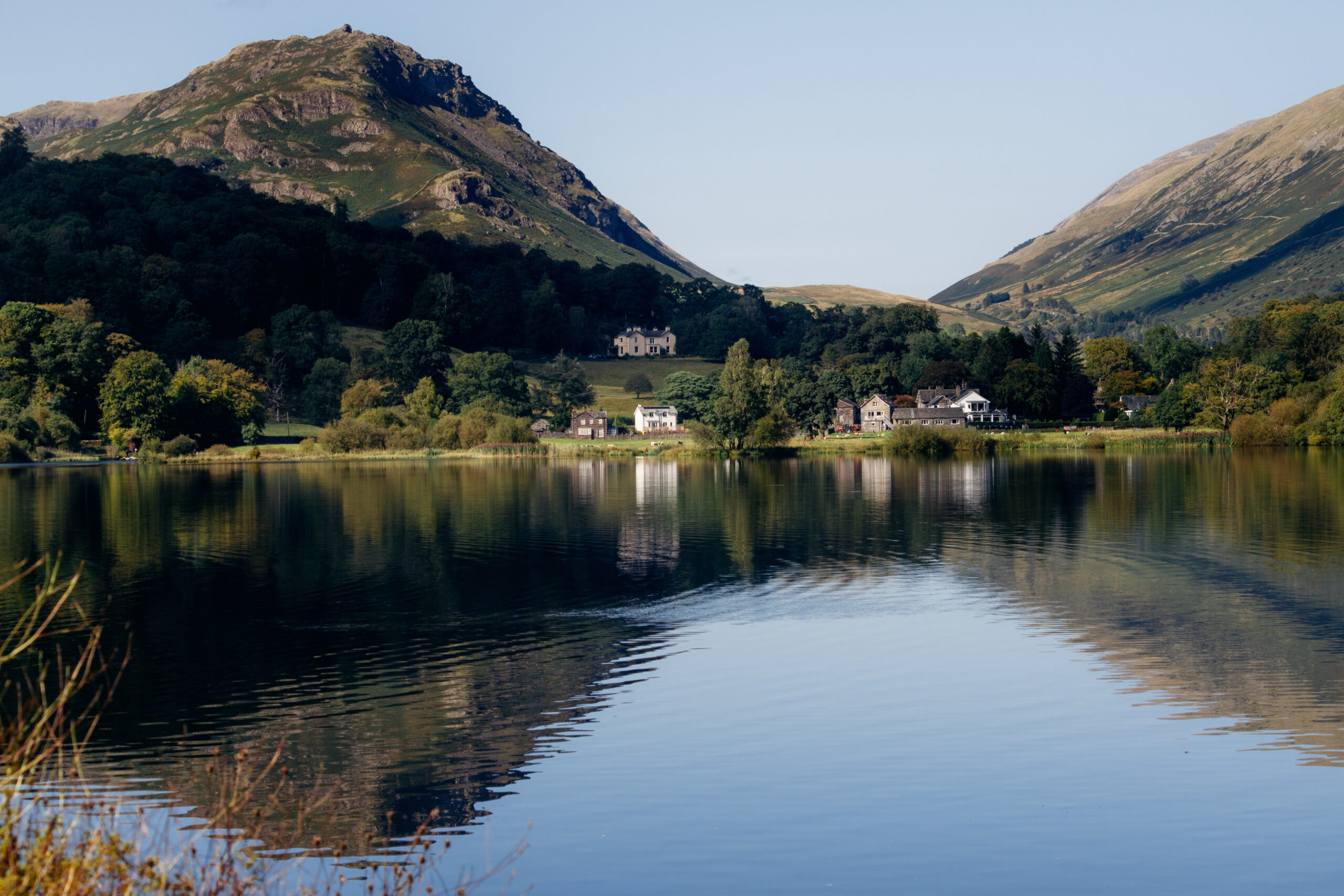

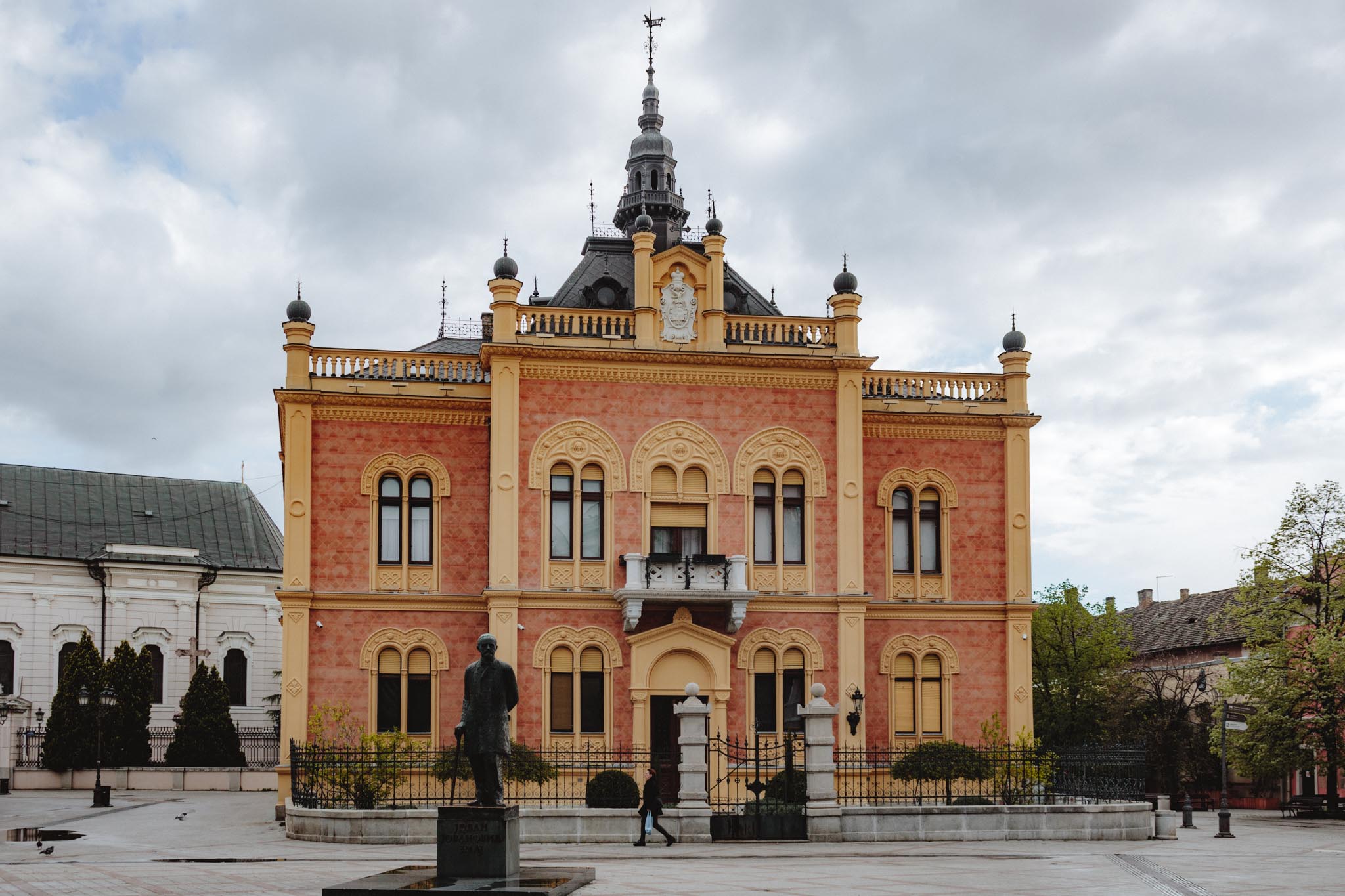
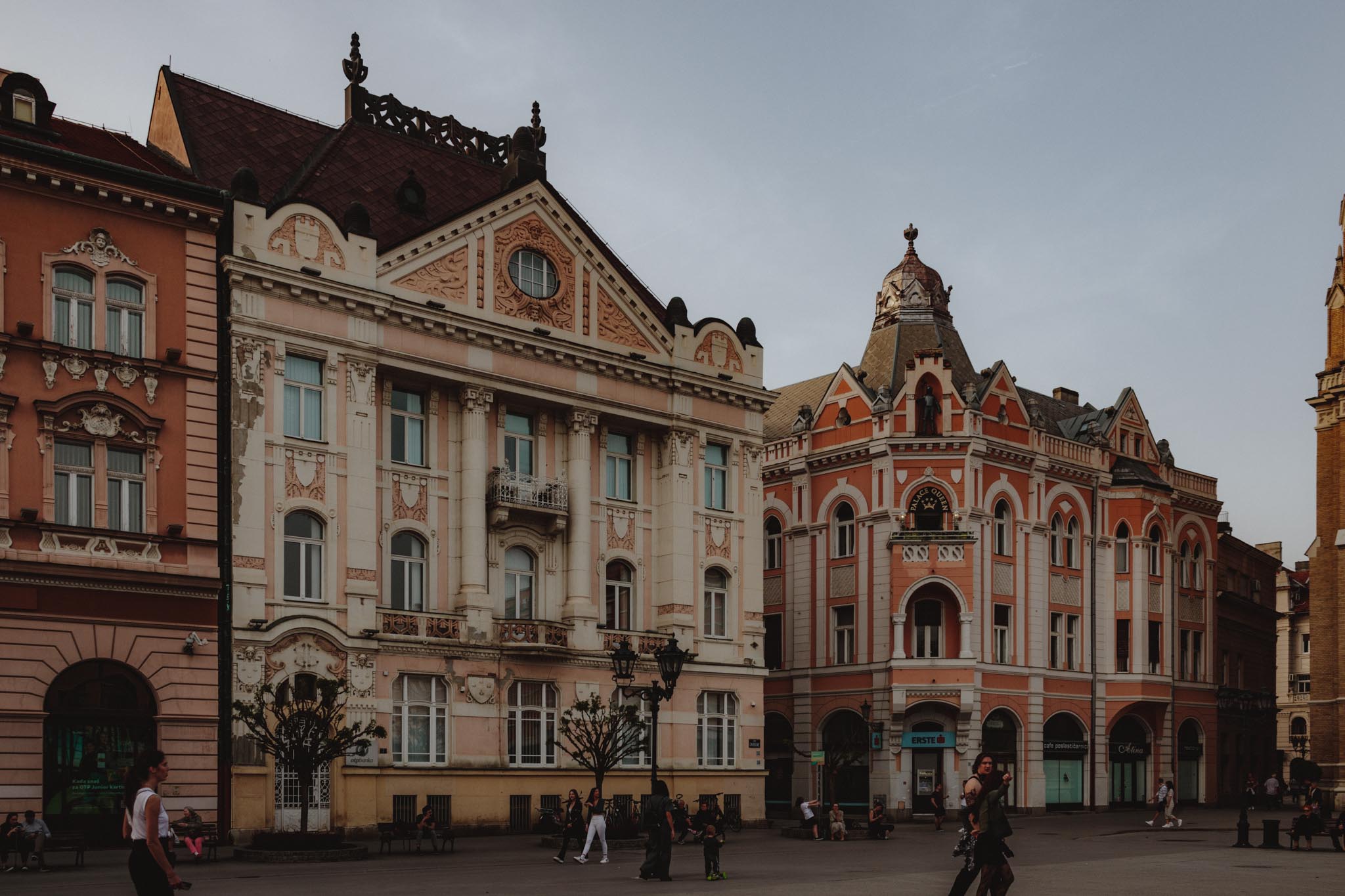

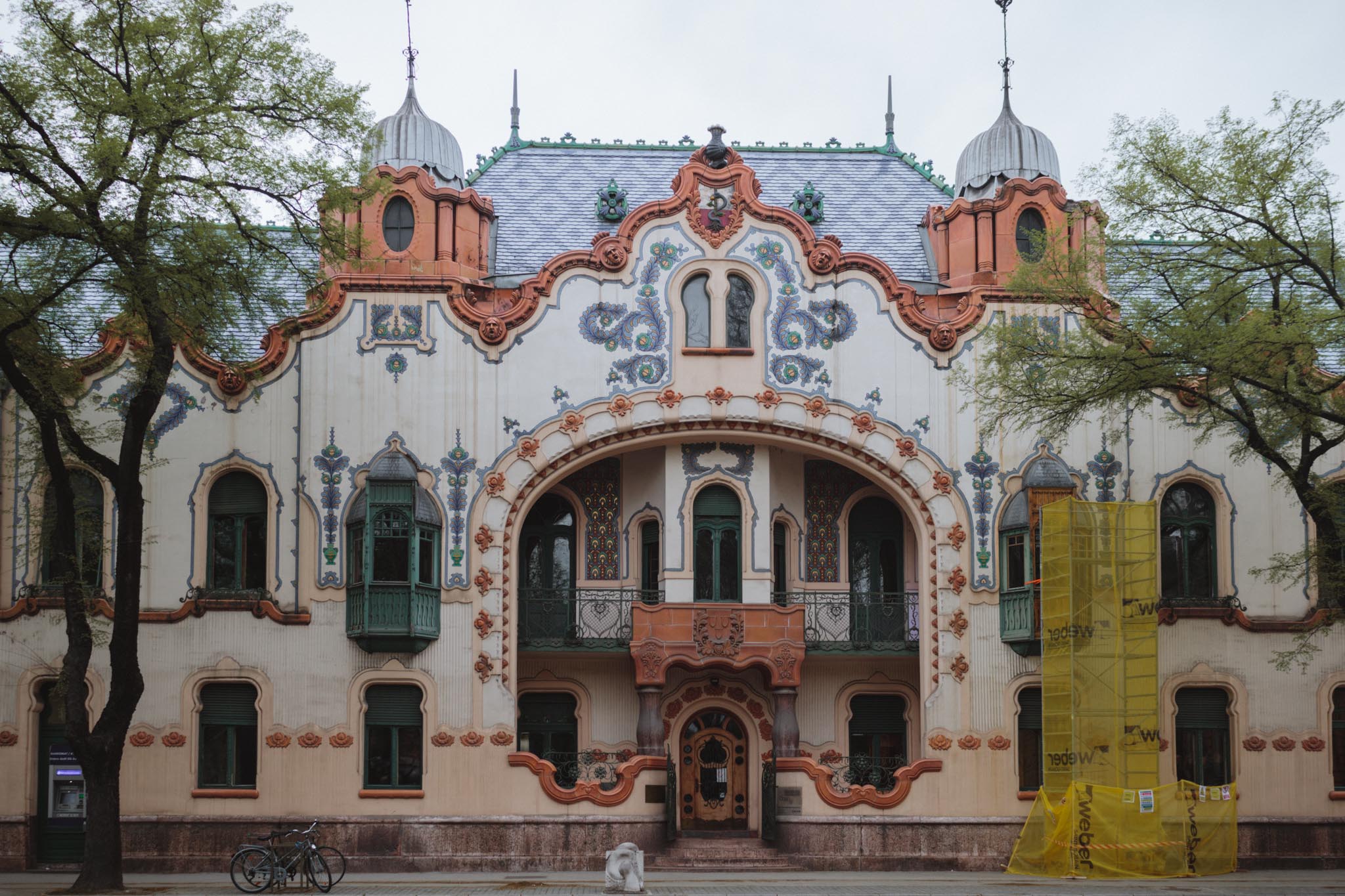

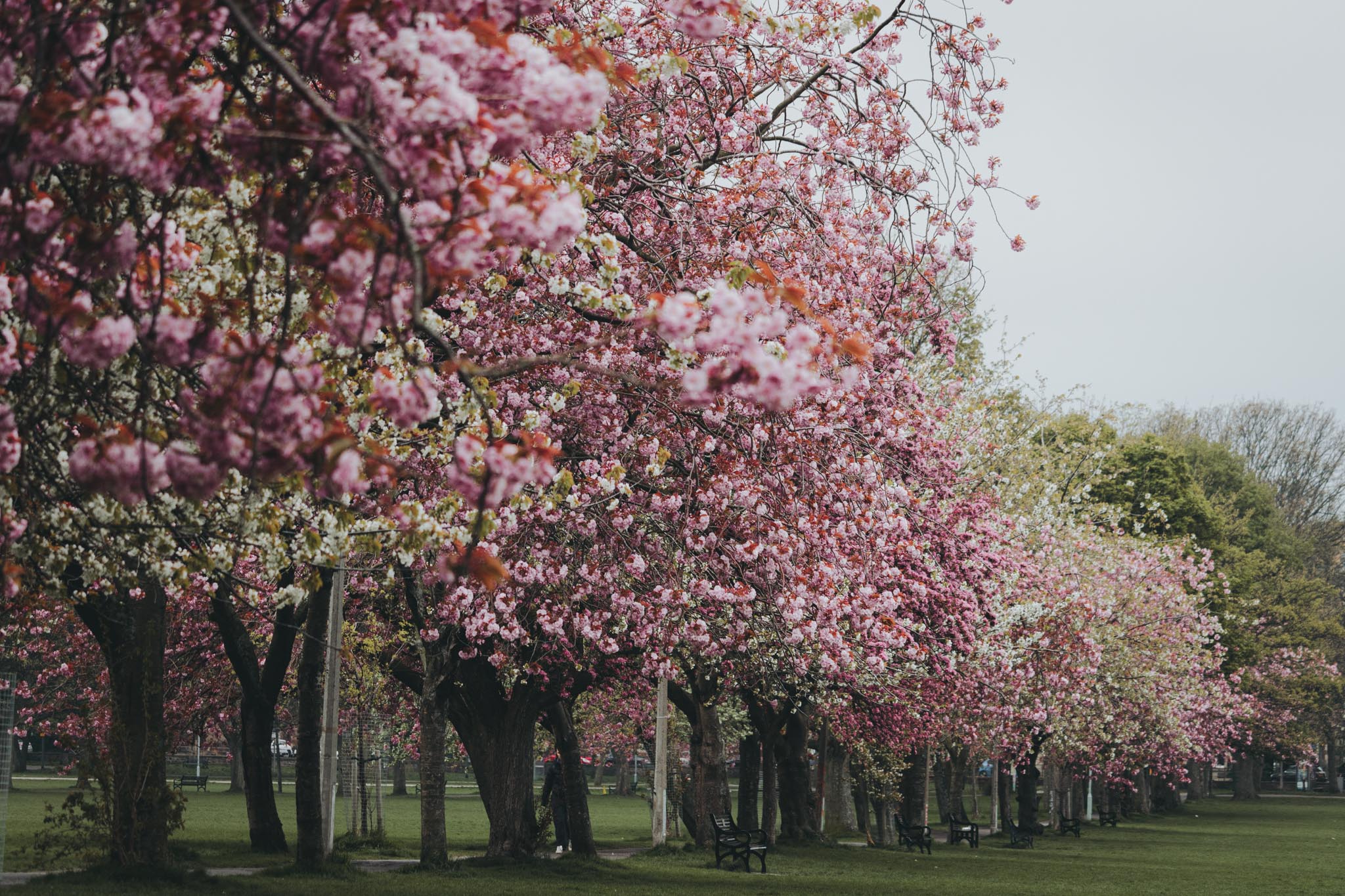
Leave a Reply